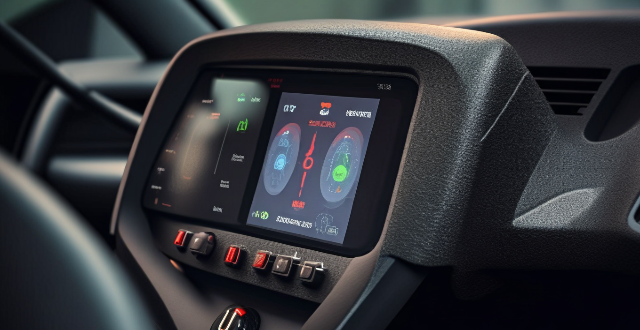The use of electronic throttle control (ETC) systems has become increasingly popular in modern vehicles due to their numerous advantages. These systems offer a range of benefits over traditional mechanical throttle controls, including improved performance, increased fuel efficiency, and enhanced safety features. In conclusion, ETC systems are known for their easy maintenance and diagnosis. Unlike mechanical throttle controls, which require regular cleaning and adjustments, ETC systems do not require frequent maintenance. They are also designed to be easily diagnosed using onboard diagnostic tools, allowing for quick identification and resolution of any issues that may arise.

Advantages of Using Electronic Throttle Control (ETC) Systems
The use of electronic throttle control (ETC) systems has become increasingly popular in modern vehicles due to their numerous advantages. These systems offer a range of benefits over traditional mechanical throttle controls, including improved performance, increased fuel efficiency, and enhanced safety features. In this article, we will explore the key advantages of using ETC systems in detail.
Improved Performance
One of the main advantages of ETC systems is their ability to improve vehicle performance. By using electronic sensors and actuators, ETC systems can provide more precise control over the engine's throttle position. This allows for faster response times and smoother acceleration, resulting in a more enjoyable driving experience. Additionally, ETC systems can be programmed to optimize engine performance based on various factors such as load, speed, and temperature, further enhancing overall performance.
Increased Fuel Efficiency
Another significant advantage of ETC systems is their potential to increase fuel efficiency. By precisely controlling the throttle position, ETC systems can minimize unnecessary fuel consumption during acceleration and deceleration phases. This not only reduces fuel costs but also helps to reduce emissions, making it an environmentally friendly option. Moreover, some ETC systems are designed to work in conjunction with other fuel-saving technologies like start-stop systems, further improving fuel economy.
Enhanced Safety Features
ETC systems also offer several safety features that make them a desirable choice for many drivers. For example, some ETC systems are equipped with limp-home mode, which allows the vehicle to maintain limited functionality even if there is a failure in the throttle system. This ensures that the driver can still reach a safe location in case of an emergency. Additionally, some ETC systems have traction control capabilities that help prevent wheel spin and maintain stability during acceleration, reducing the risk of accidents caused by loss of traction.
Easy Maintenance and Diagnosis
Finally, ETC systems are known for their easy maintenance and diagnosis. Unlike mechanical throttle controls, which require regular cleaning and adjustments, ETC systems do not require frequent maintenance. They are also designed to be easily diagnosed using onboard diagnostic tools, allowing for quick identification and resolution of any issues that may arise. This not only saves time but also reduces repair costs associated with traditional throttle controls.
In conclusion, electronic throttle control (ETC) systems offer numerous advantages over traditional mechanical throttle controls. These include improved performance, increased fuel efficiency, enhanced safety features, and easy maintenance and diagnosis. As technology continues to advance, it is likely that ETC systems will become even more prevalent in modern vehicles, providing drivers with a superior driving experience while also contributing to environmental sustainability efforts.